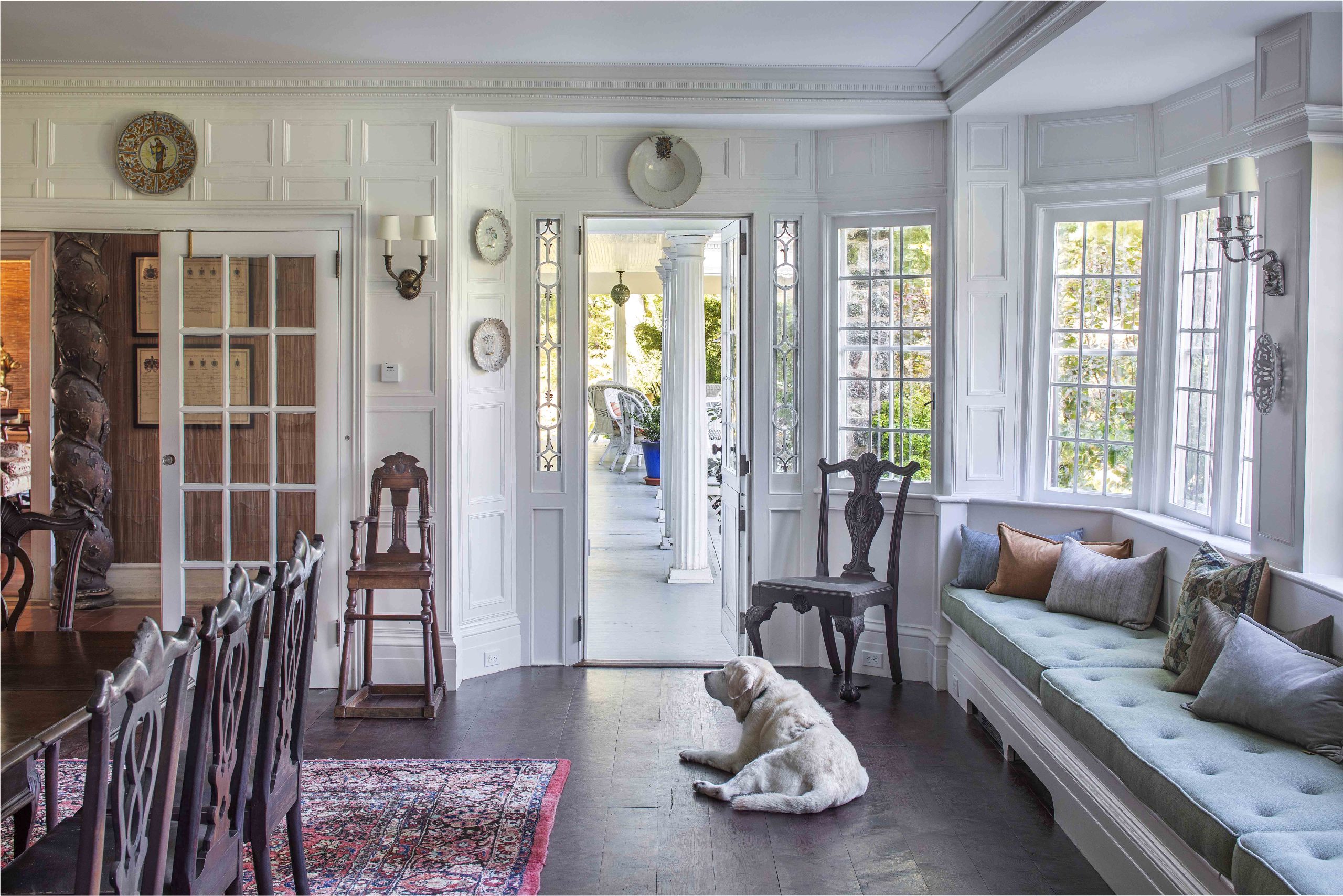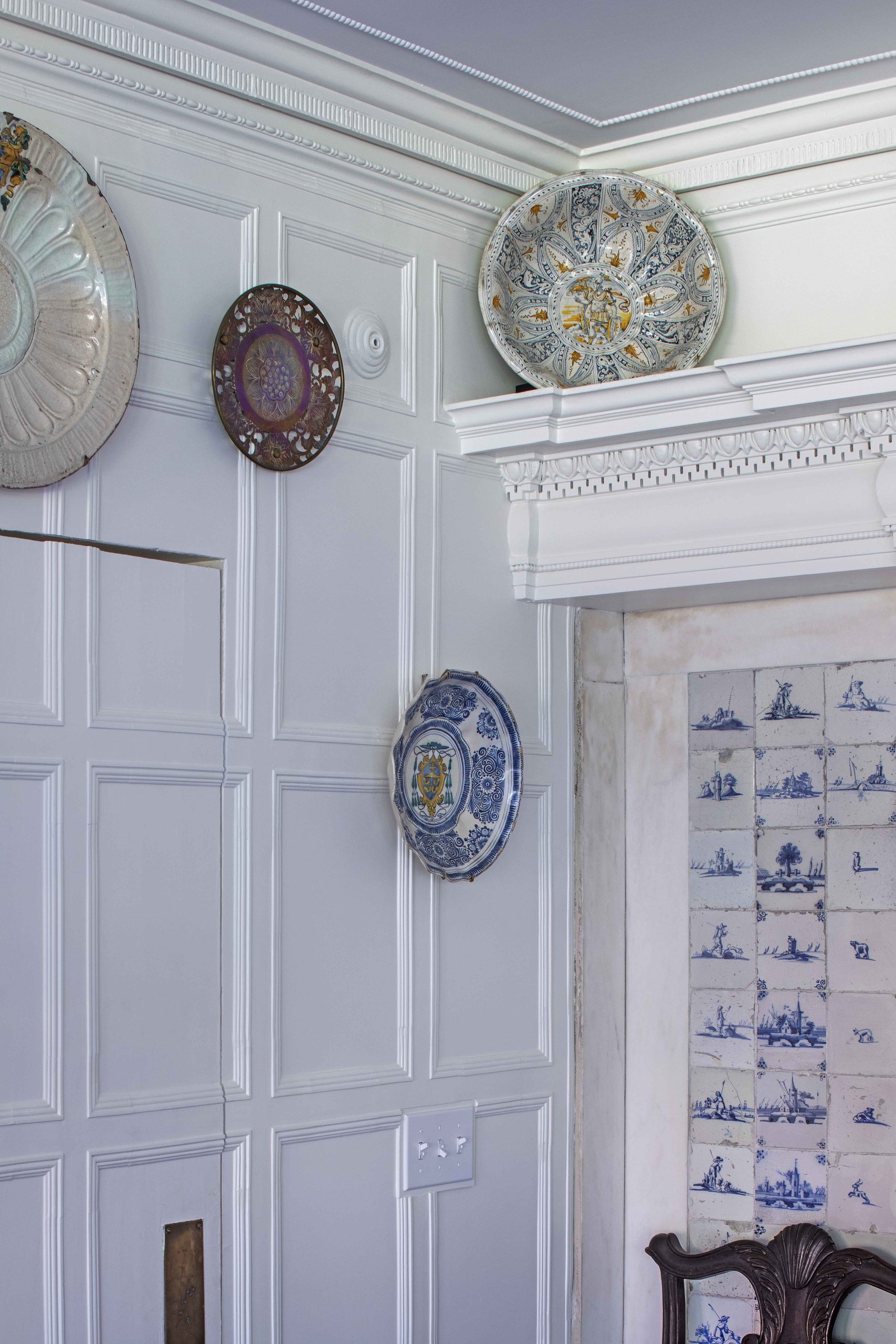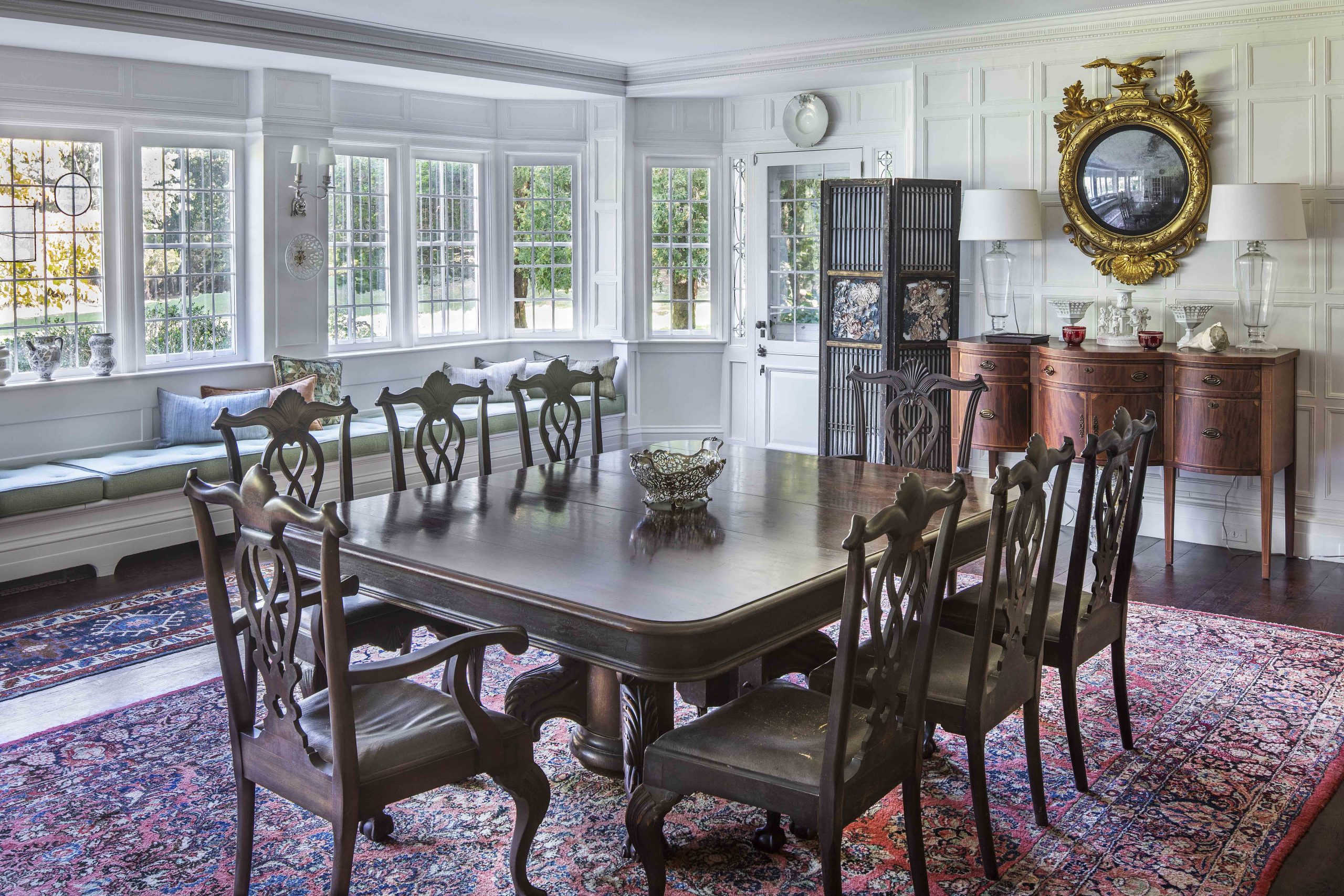New York’s General Society of Mechanics & Tradesmen has pulled off a minor coup:
On Tuesday, April 9 at 6 PM, Stanford White’s great-grandson will give a talk on the restoration of his great-grandfather’s dining room at Box Hill on the North Shore of Long Island.
Between 1889 and 1903, White expanded a small, mid-nineteenth-century farmhouse into a country home that was a gathering place for clients, friends and relatives. “It was quite modest,” says Samuel G. White, an architect and founding partner at PBDW in New York. “He enlarged it in 1889 and again in 1903 to get it to its present size.”
Today Box Hill is still occupied by White’s descendants – the fifth, sixth, and seventh generations of his family to enjoy the home. After White’s death in 1906, his widow owned it and gave it to her son who lived in it until he died in 1956.
“My grandmother rented it out for 9 years, and her estate gave it to my parents,” he says. “They moved into it in 1964 and my brother Daniel has owned it for 25 years – he and his wife live there now.”
In 1889 White doubled the sized of the farmhouse and then doubled it again in 1903. “He was transforming it from a sow’s ear to a silk purse,” he says.
Outside, White first applied a coat of pebble dash to its walls, then reimagined its approach for drama, adding ornamental trees and Victorian herms to the entry sequence.
Sam White has already restored the rear of the house, including its kitchen, for his sister-in-law. Its dining room though, was a special structural case. His great-grandfather had added a bay to the dining room when he expanded it, but never considered its effect on the house.
“There was a 10-foot-tall and 25-foot-long truss that supported the second and third floors and roof, one that was failing in a nosedive,” he says. “It was an eight-foot-by-eight-foot core that was failing, and we had to stabilize and reinforce it, putting in a lot of steel.”
He took it all apart and put it back together again, and invisibly so. Some of the finishes, like the anaglypta paper that was pressed to look like paneling, weren’t available anymore, so he located another type of three-dimensional wallpaper.
As for furnishings, White says the joke in the family is that it consisted of whatever he couldn’t sell to clients. “It was a real mixed bag of 19th-century reproductions,” he says. “To some extent it’s some of the furniture he brought in, including a couple of good pieces.
The dining table and chairs are original and copies of 18th-century pieces. “It’s sport utilitarian,” he says. “It’s Chippendale and heavy duty, not elegant or refined and not Robert Adams, but it is pretty durable.”
But piffle! – why would that matter anyway?
This is Stanford White’s house, after all.
For more, go here.











